Musée sous-marin de Baiheliang - Prix des billets, heures d'ouverture, transports et points forts
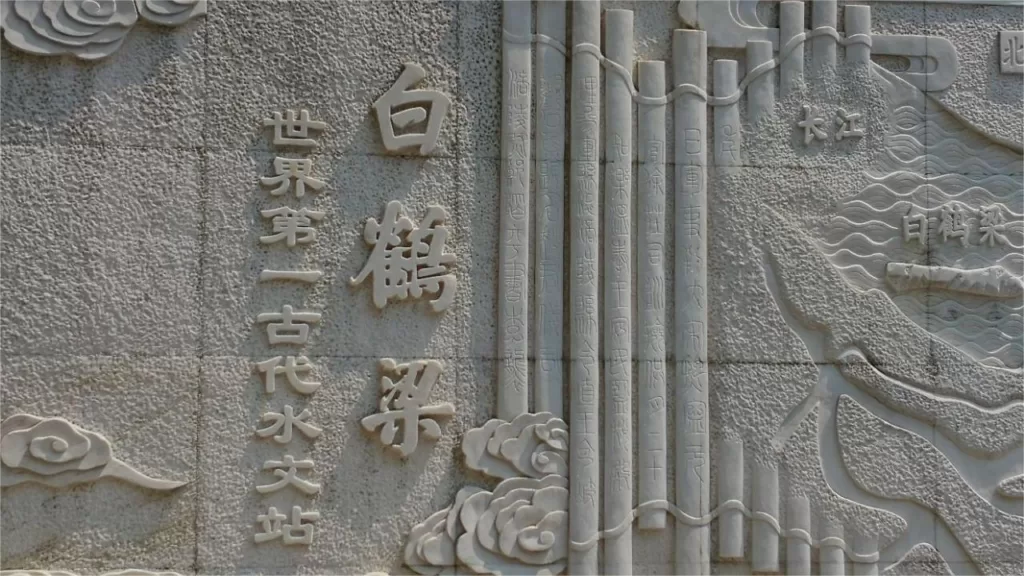

Located on the banks of the Yangtze River in Fuling District, Chongqing, the Baiheliang Underwater Museum (白鹤梁水下博物馆) stands as a testament to human ingenuity and a unique fusion of history, culture, and underwater exploration. Established in 2003, it holds the distinction of being the world’s first underwater museum, a pioneering marvel recognized by UNESCO for its role as the “world’s first non-diving accessible underwater heritage museum.”
Covering an expansive area of 11,300 square meters, with a constructed space of 8,433 square meters, the museum comprises two main sections: the onshore exhibition hall and the underwater viewing area. At Baiheliang, visitors can explore 165 inscriptions with over 10,000 characters, including 108 inscriptions of significant hydrological importance. Additionally, the museum houses 18 high-relief, low-relief, and line-carved stone fish, two statues of Guanyin, and a single white crane.
Table des matières
- Informations de base
- Localisation et transport
- Highlights of Baiheliang Underwater Museum
- Vlog about Baiheliang Underwater Museum
- Conseils utiles résumés à partir d'études
- Other Attractions in Fuling District
Informations de base
| Durée estimée de la visite | 1 - 2 heures |
| Prix du billet | 50 RMB |
| Heures d'ouverture | 9.00 – 17.00; Closed on Mondays |
Localisation et transport
The Baiheliang Underwater Museum is located on the southern bank of the Yangtze River in Fuling District, Chongqing, China. It is situated near the confluence of the Yangtze River and the Wu River. The specific address of the museum is 185 Baiheliang Avenue.
To get there, tourists can take bus Fuling 113, Fuling 119, Fuling 125, Fuling 203, Fuling 302, Fuling 306, or Fuling 307 and get off at Baiheliang Stop. Unfortunately, there is no metro station nearby.
Highlights of Baiheliang Underwater Museum
The Name’s Origins
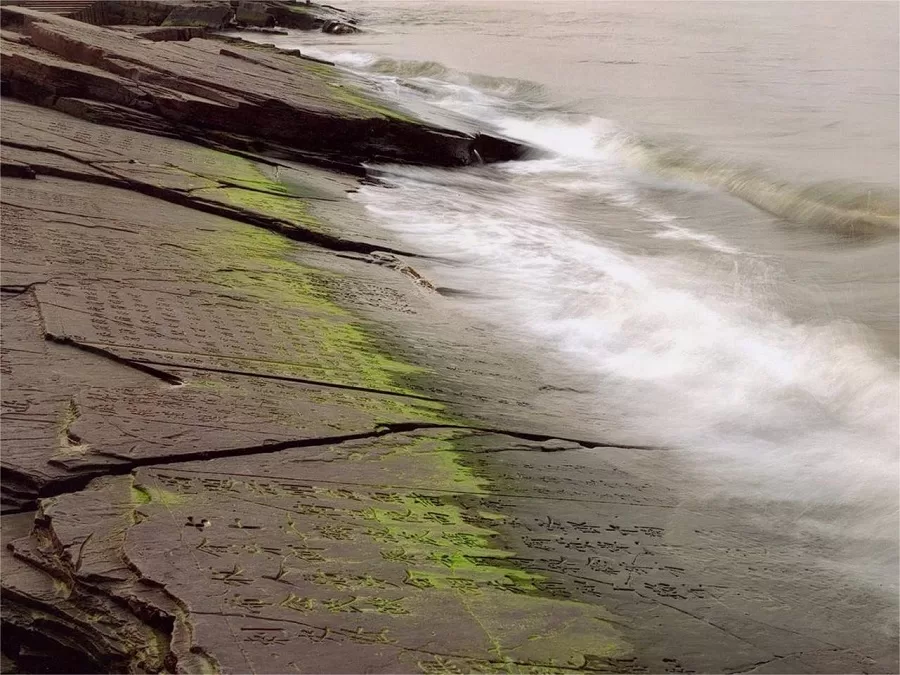
The name “Baiheliang” finds its roots in the natural stone ledge found in the northern part of Chongqing’s Fuling District, stretching for 1,600 meters and averaging 15 meters in width. This geological formation, previously known as “Bazi Liang,” is perpetually submerged beneath the river’s waters, only revealing itself during the low-water seasons in winter and spring. Ancient legends describe white cranes frequently congregating on this stone ledge, spreading their wings, frolicking, and displaying their graceful necks. One enduring tale even suggests that during the Northern Wei period, the immortal Erzhu Zhen practiced his ascension to the heavens on the back of a white crane from this very location. As a result of these mystical associations and historical references, the site became known as Baiheliang, which means “White Crane Ledge.”
Importance historique

The inception of the Baiheliang Underwater Museum can be traced back to the early 1990s. With the initiation of the Three Gorges Water Conservancy Project in 1992, the completion of the Three Gorges Dam signaled an increase in the normal reservoir water level to 175 meters. This development spelled the permanent submersion of Baiheliang beneath the river’s depths. In 1993, China’s central government proposed the establishment of an underwater museum at the original Baiheliang site.
In 2002, Professor Ge Xiurun from Shanghai Jiaotong University, a member of the Chinese Academy of Engineering, introduced the innovative concept of a “pressure-resistant container” for the protection of the Baiheliang inscriptions. This idea gained traction and ultimately paved the way for the Baiheliang Underwater Museum’s construction.
On February 13, 2003, construction officially commenced on the underwater preservation project at Baiheliang, consisting of four essential components: the “Underwater Museum,” the “Connecting Traffic Corridor,” “Submerged Collision Piers,” and the “Ground Exhibition Hall.” After several years of meticulous construction, numerous technical challenges were overcome, culminating in the official opening of the Baiheliang Underwater Museum on May 18, 2009.
Inscriptions: Guardians of History
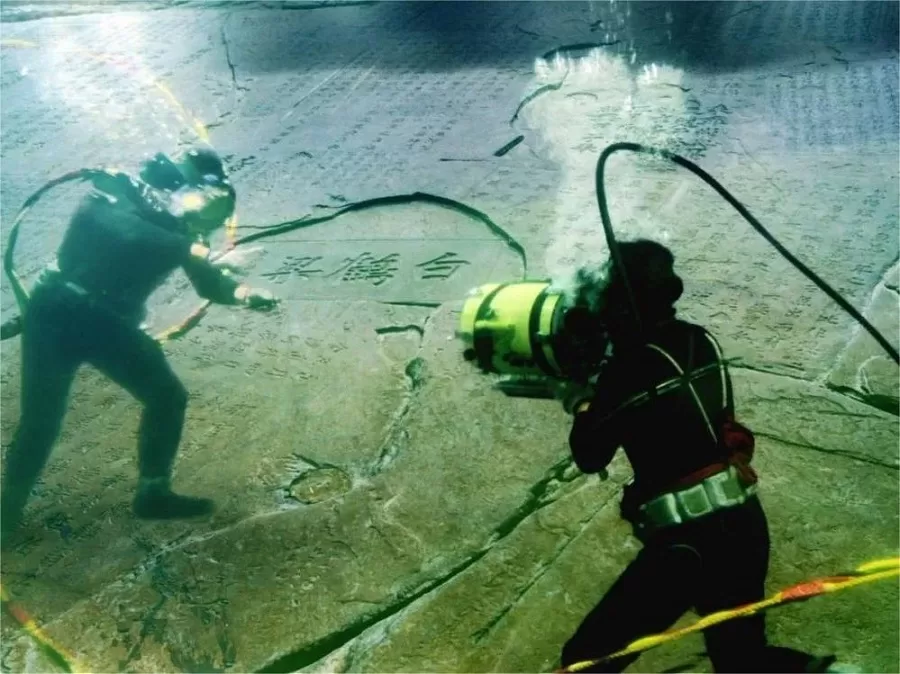
The Baiheliang site is adorned with 160 inscriptions still visible on the submerged stone ledge, comprising approximately 11,000 characters in various calligraphic styles, including regular script, clerical script, seal script, cursive script, and grass script. Most of these inscriptions date from the Song Dynasty, with contributions from the Yuan, Ming, and Qing Dynasties as well. These inscriptions are monumental in size, with the largest ones measuring approximately 2 square meters, while the smaller ones are less than 0.4 meters in length and width. This remarkable collection of submerged inscriptions is often referred to as a “submerged forest of stone tablets” and holds immense historical and scientific value.
The inscriptions at Baiheliang offer invaluable historical insights into the Yangtze River’s water levels, agricultural practices, and navigation. They serve as a reliable historical reference for water conservancy projects on the Yangtze River.
Ground Exhibition Hall: A Journey Through Time
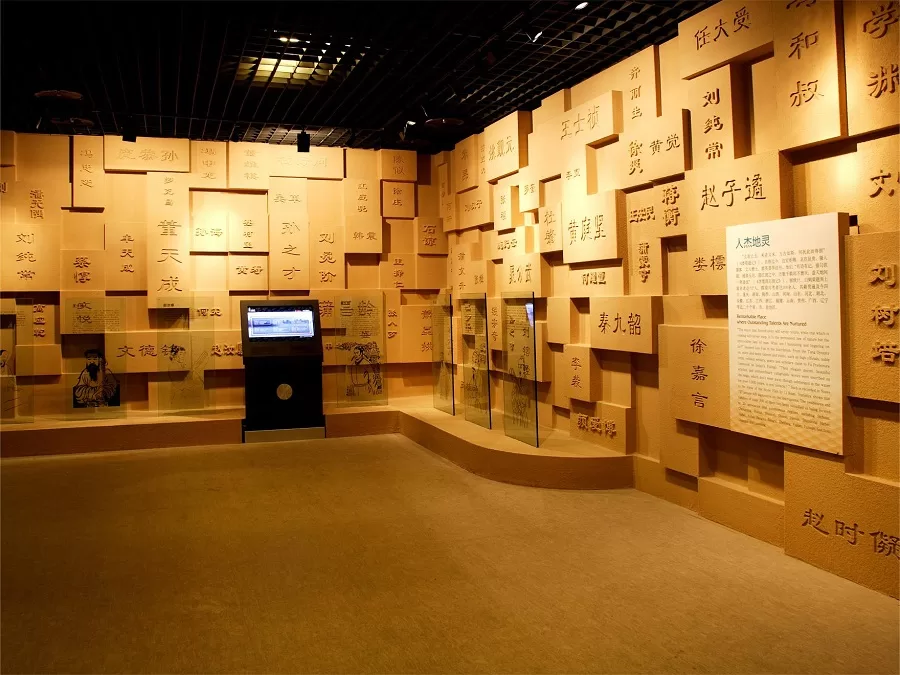
The ground exhibition hall at the Baiheliang Underwater Museum is divided into three levels. The first level serves as a reception and functional space, featuring an information desk, an introductory hall, a waiting area for underwater tours, and a souvenir shop. The second level functions as the main exhibition space and is divided into four thematic areas: “Water – Hydrological Observations in the World’s Great River Civilizations,” “Ruler – The Scientific Value of Baiheliang’s Inscriptions,” “Poetry – The Cultural Value of Baiheliang’s Inscriptions,” and “Museum – The World’s First Underwater Inscription Museum.” The third level offers a panoramic view of the Yangtze River.
Underwater Viewing Area: A Submerged Spectacle

The underwater viewing area of the Baiheliang Underwater Museum comprises four sections: a sloping corridor, a horizontal corridor, a viewing corridor, and the original location of the underwater inscriptions. Constructed using pressure-resistant metals and featuring 23 glass observation windows, this area allows visitors to closely examine and study the inscriptions on Baiheliang. It provides a unique opportunity to experience the site’s submerged heritage up close, offering a window to the past beneath the river’s surface.
Vlog about Baiheliang Underwater Museum
Conseils utiles résumés à partir d'études
Free Storage: The entrance offers free storage facilities. Certain items like water bottles and lighters are not permitted inside the museum. These items can be left at the front desk and retrieved when leaving.
Historical and Cultural Interest: Visitors interested in history and northern culture will find the museum appealing. Notable attractions include the 94-meter-long large escalator and the stone carvings, which leave a lasting impression.
Seasonal Considerations: The museum may be closed during the flood season, and regular maintenance is conducted. Before planning a visit, it’s crucial to check real-time information to avoid disappointment due to unexpected closures.
Printing of Rubbings: Visitors can enjoy the opportunity to create rubbings of the stone carvings. This service typically costs ten yuan per sheet of paper. Visitors can choose from a variety of large or small designs.
Guided Tours: Visitors cannot explore the museum independently. Instead, they need to wait until a sufficient number of people have gathered for a guided tour. The tour is led by museum guides and typically lasts around one hour.
Other Attractions in Fuling District

Wuling Mountain Great Rift Valley
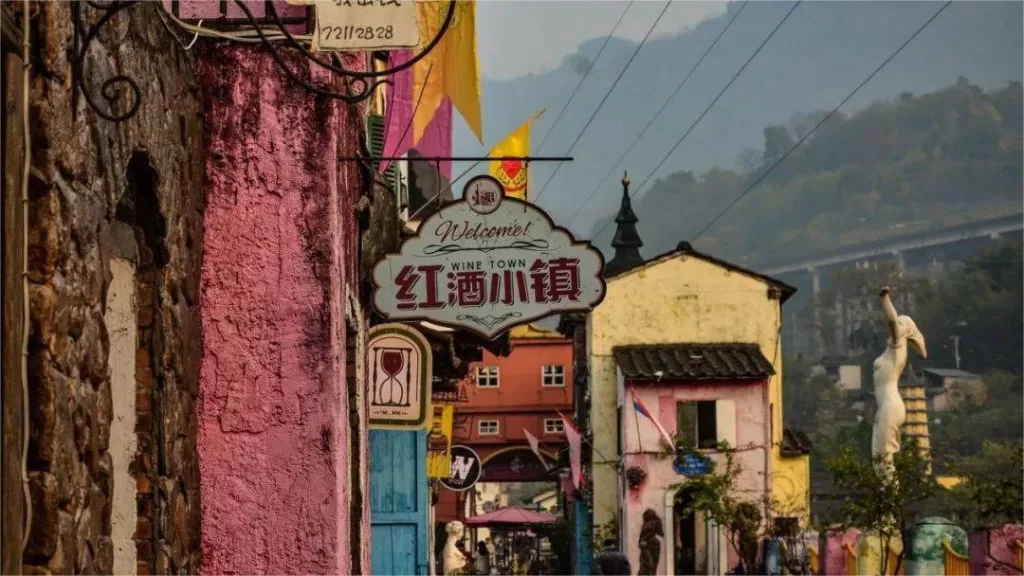
Meixin Red Wine Town
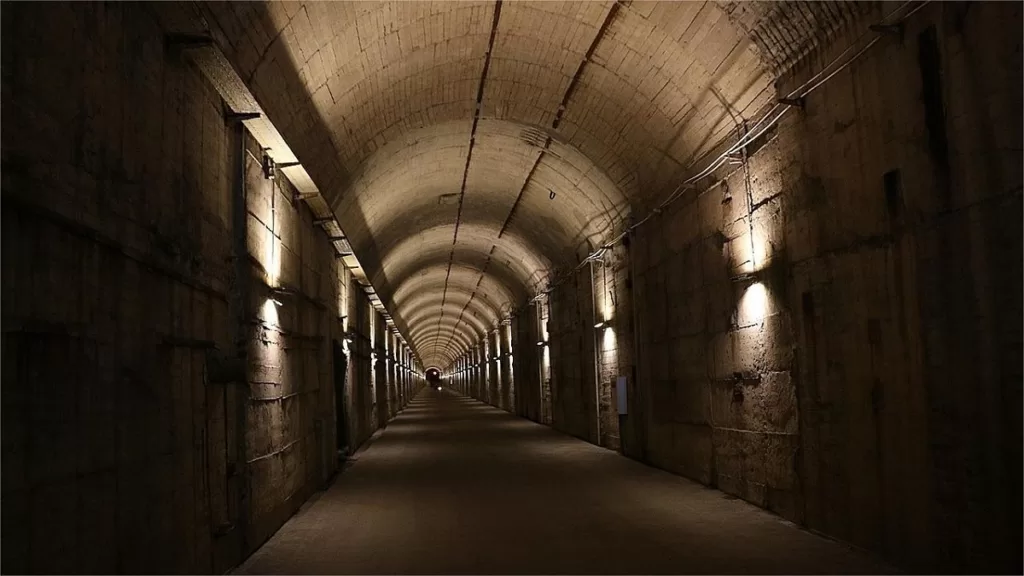
816 Nuclear Military Plant
Attractions dans la banlieue de Chongqing, Attractions in Fuling District Chongqing, Musées de Chongqing